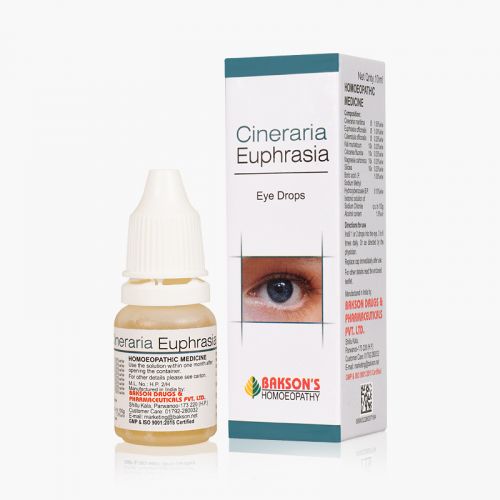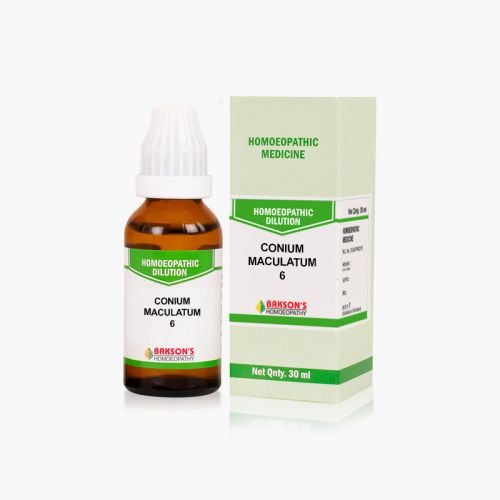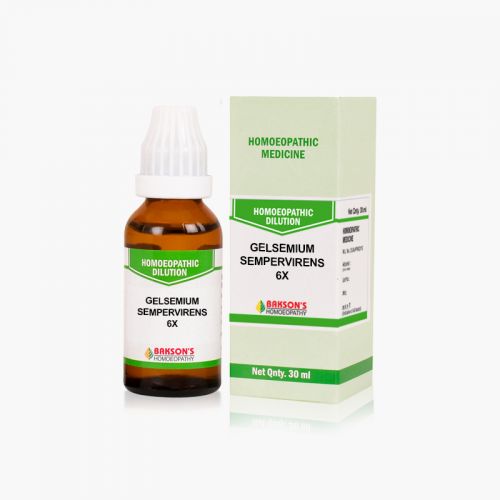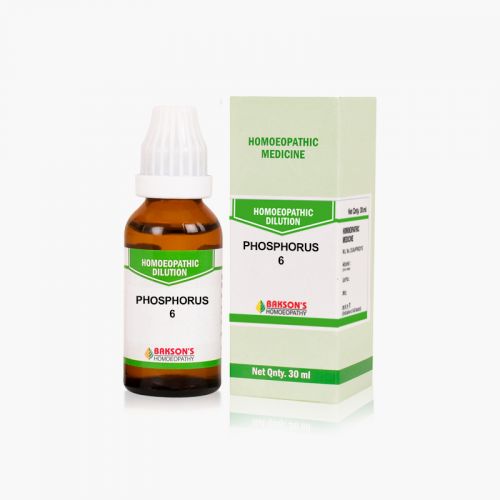We use cookies to make your experience better. To comply with the new e-Privacy directive, we need to ask for your consent to set the cookies. Learn more.
What is Farsightedness or Hyperopia?
Hyperopia refers to the refractive condition of the eye where parallel light rays coming from the infinity are focussed behind the neurosensory retina (after refraction through the ocular media ) when accommodation is at rest. It is the most common refractive error in children. If left untreated after diagnosis, sequelae such as amblyopia and tropia can develop.
Causes
Hyperopia can be classified on the basis of cause:
- Axial hyperopia (simple hyperopia): Occurs due to anterior-posterior axial shortening of the eyeball and genetic predisposition plays an important role.
- Curvature hyperopia: It is due to flattening of the cornea or the lens or both.
- Index hyperopia: It is due to the change in the refractive index of the crystalline lens in old age or in diabetics.
- Positional hyperopia or absence of the lens (aphakia) or ocular pathologic conditions.
- Certain ocular pathologies may also cause hyperopia.
Apart from genetic and environmental factors, few acquired conditions are also responsible, especially in aged persons.
Signs and Symptoms
Depending on the age of presentation and the degree of hyperopia, clinical presentation varies from no symptom to a wide range of complaints:
- Asymptomatic presentation is due to the inherent ciliary muscle tone and accommodative effort which overcomes some degree of hyperopia without creating any difficulty.
- Deviation of eyes.
- Asthenopia is a varied amount of tiredness of eyes with localized frontal/frontotemporal headache associated with photophobia and watering.
- Dimness of vision if existing hyperopia is not corrected with total accommodative effort.
- Defective vision affects near vision more than distant vision.
- Sudden blurring of vision (intermittent) due to prolonged accommodative effort.
- Recurrent Internal/External Hordeolum or Conjunctivitis.
- A sensation of Crossed Eye.
- Premature Presbyopia.
Complications include Amblyopia, Squint, Angle-closure disease, Anterior ischaemic optic neuropathy (AION), Retinal vein occlusion, Age-related macular degeneration (ARMD), etc.
Diagnosis
Detailed clinical evaluation helps to diagnose hyperopia alongwith tests like Visual acuity, Diffuse light examination, Fundoscopy, Hirschberg corneal reflex test (HCRT) and/ or Retinoscopy/Refraction.
Management
Treatment aims at providing good rehabilitation with proper refractive correction, prevention of amblyopia, strabismus and recurrent eyelid infection and conjunctivitis.
Disclaimer: The information provided herein on request, is not to be taken as a replacement for medical advice or diagnosis or treatment of any medical condition. DO NOT SELF MEDICATE. PLEASE CONSULT YOUR PHYSICIAN FOR PROPER DIAGNOSIS AND PRESCRIPTION.
- CINERARIA EUPHRASIA EYE DROPSSpecial Price ₹ 100.00 Regular Price ₹ 125.00
- CONIUM MACULATUM 6₹ 100.00
- GELSEMIUM SEMPERVIRENS 6X₹ 100.00
- PHOSPHORUS 6₹ 100.00







